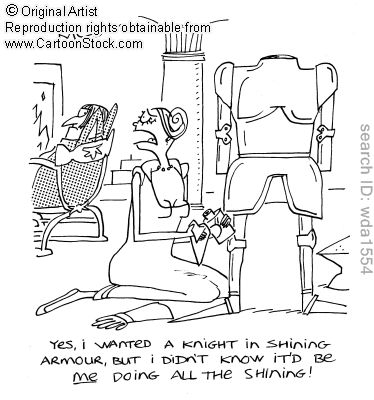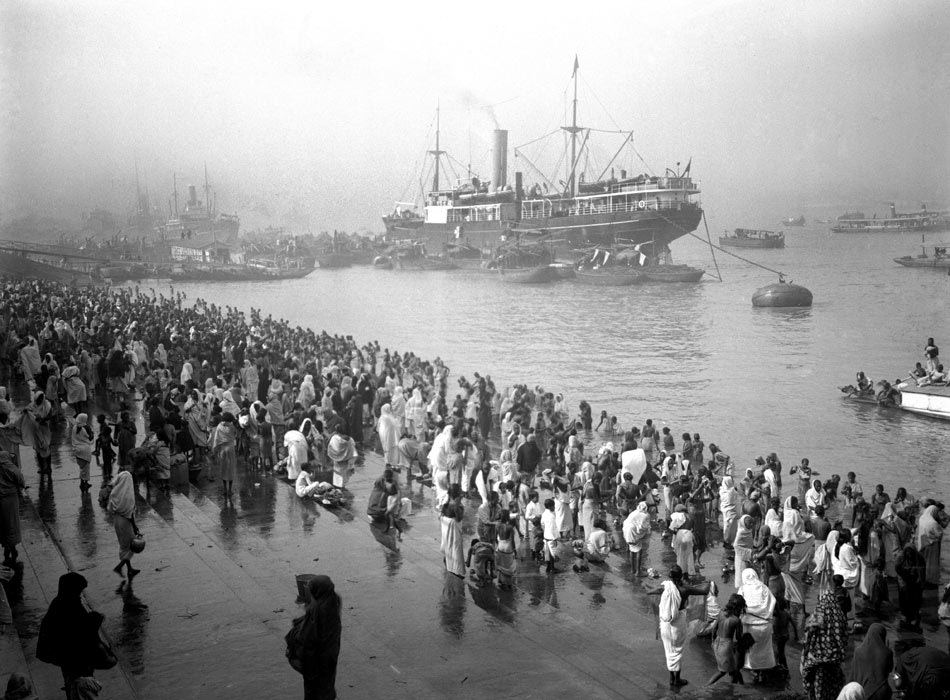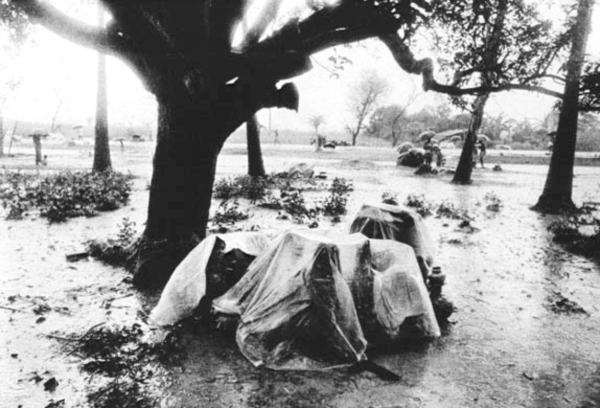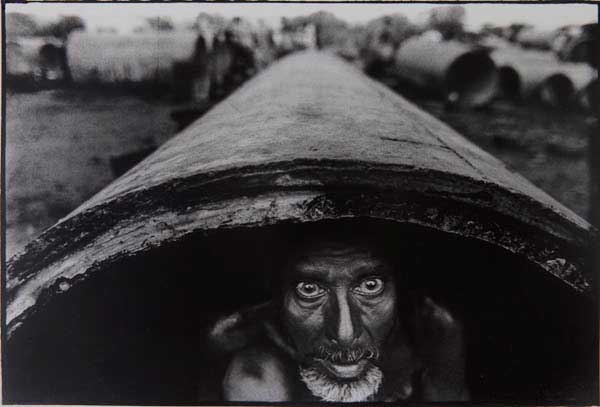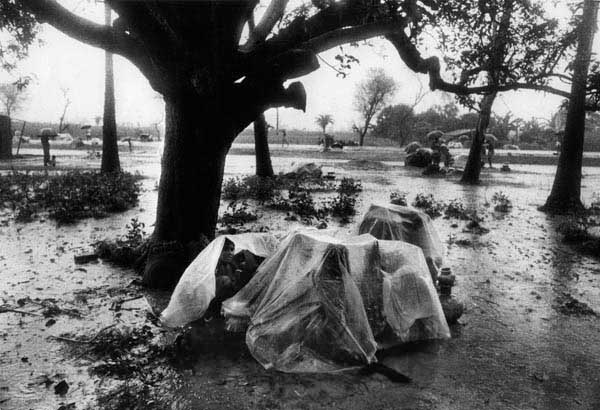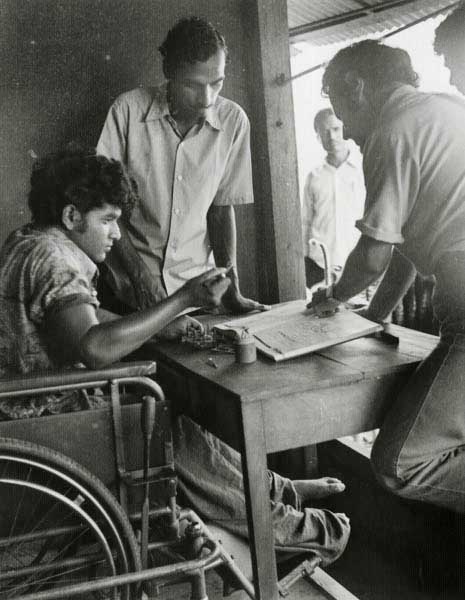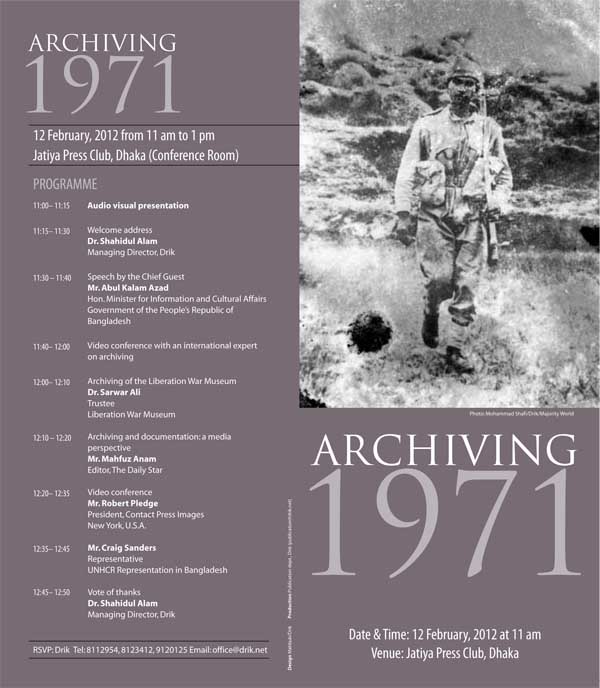Miko Peled Debunking Jewish Myths
“If Anybody here, came hoping to hear a balanced presentation, then they are going to be sorely disappointed. I say this, because a lot of the things that you are about to hear to night are difficult to hear.”
?Miko Peled is a peace activist who dares to say in public what others still choose to deny. He has credibility, so when he debunks myths that Jews around the world hold with blind loyalty, people listen. Miko was born in Jerusalem in 1961 into a well known Zionist family. His grandfather, Dr. Avraham Katsnelson was a Zionist leader and signer on the Israeli Declaration of Independence. His father, Matti Peled was a young officer in the war of 1948 and a general in the war of 1967 when Israel conquered the West Bank, Gaza, Golan Heights and the Sinai.
Miko Peled, author of The General?s Son, whose father was the renowned Israeli general Matti Peled, speaking in Seattle, October 1, 2012.
Video Posted October 13, 2012
Related piece on use of images by Israeli government for disinformation in Satish Sharma’s blog Rotigraphy
extract:?The art of the past no longer exists as it once did. It’s authority is lost. In its place there is a language of images. What matters now is who uses that language for what purpose.” ~ John Berger
The image supplies little in itself. What counts is its use and the power to fix a particular interpretation of the events, objects or people depicted. Some people, and especially some institutions, have much more clout in this process than others do.” ~ Steve Edwards



